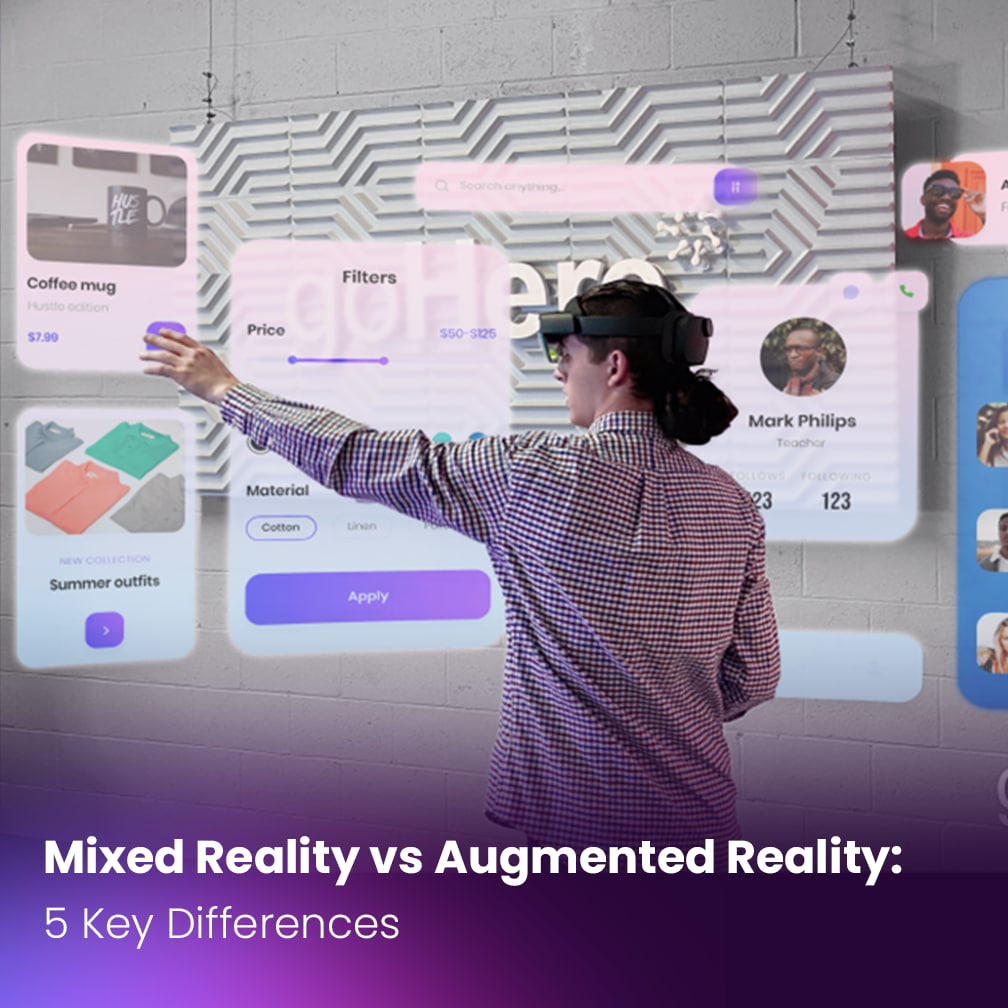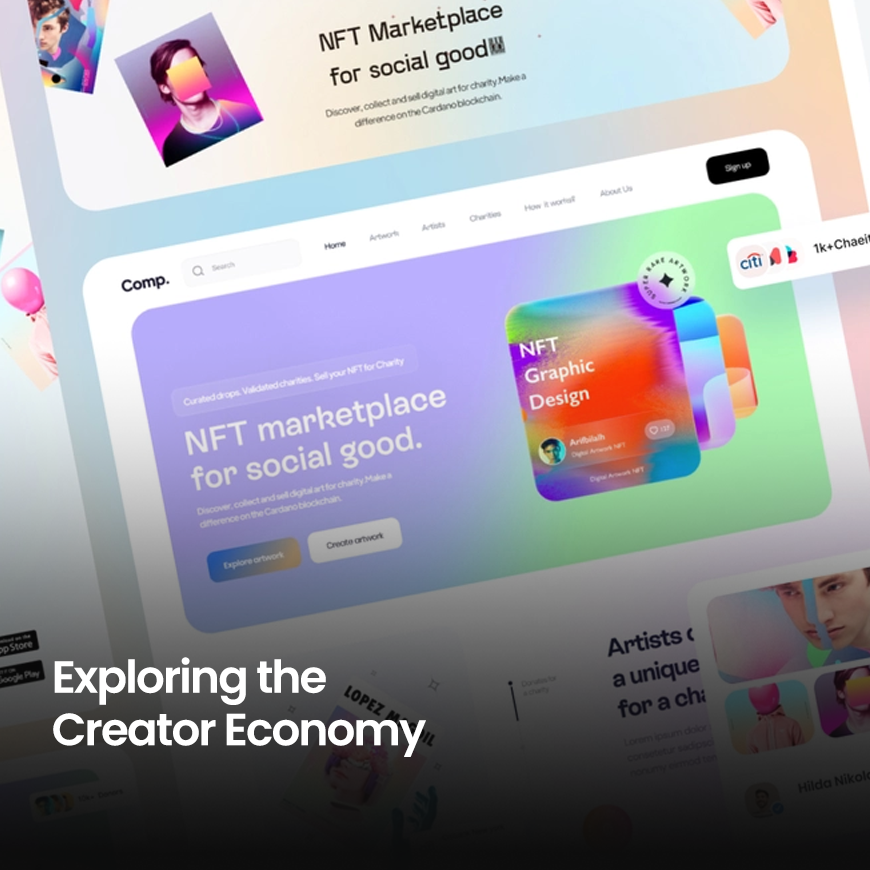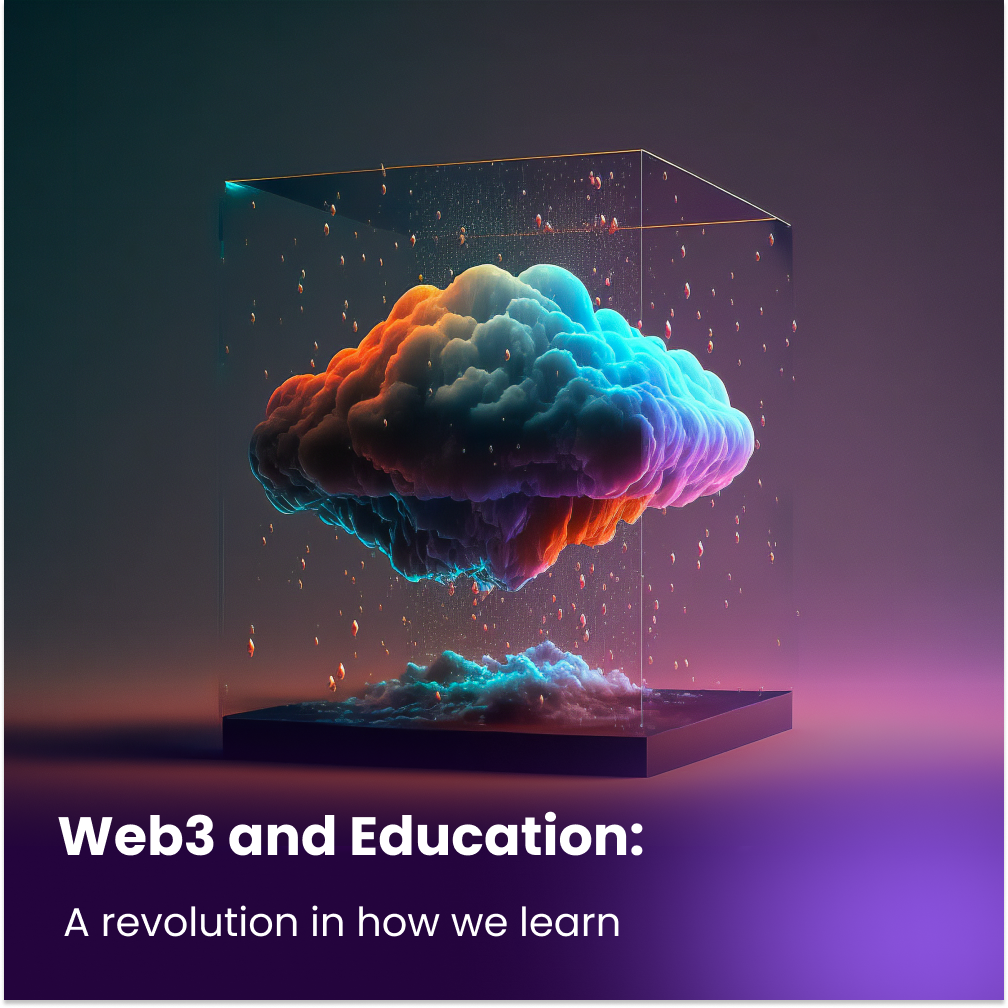
Estimated reading time: 7 minutes
Web3, the next generation of the internet, has the potential to revolutionize education as we know it. With its decentralized architecture and focus on user control, Web3 enables the creation of new educational models that prioritize learner autonomy, data ownership, and collaboration. As blockchain-based solutions continue to disrupt conventional systems, Web3 presents a promising paradigm shift with the potential for transforming the way we learn and engage with knowledge. In this article, we will explore the relationship between Web3 and education explaining the innovative applications, decentralized learning environments, and empowering opportunities that await students, educators, and institutions in this new era of digital education.
What is Web3?
Before we talk about the relationship between Web3 and education, let’s first explore the Web3 definition to fully understand its concept.
Web3 refers to the next generation of the internet, where decentralized technologies, such as blockchain, play a central role. Unlike Web1 and Web2, which focused on centralized systems controlled by a few entities, Web3 aims to give more power and control to individuals by enabling direct peer-to-peer interactions without the need for intermediaries.
The implications of Web3 for education are significant. It offers the potential to revolutionize the way we learn and engage with knowledge. With Web3, education can become more accessible, transparent, and personalized. In what follows, we will dig deeper into the concept of Web3 and education.
Web3 and Education
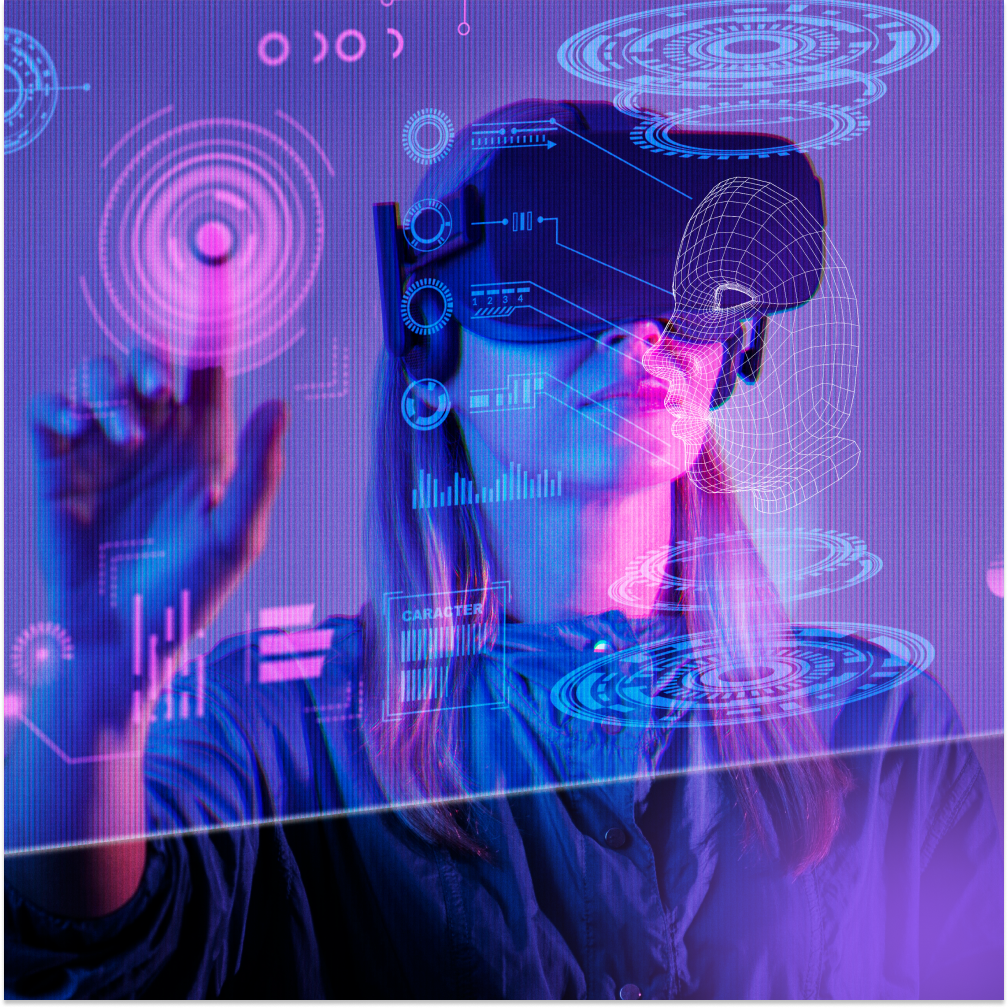
Web3 has brought about a fundamental restructuring of various industries. Starting with finance and banking, the influence of Web 3.0 has expanded to encompass art, hospitality, medicine, and numerous other sectors. The education sector is gradually embracing the same trend.
This shift can be best understood by examining the evolution from Web 1.0 to Web 3.0. In Web 1.0, education was confined to knowledge transfer within traditional educational institutions, primarily between teachers and students. With the advent of Web 2.0, the focus shifted to centralized online education portals. However, despite the importance of the education system to human prosperity, many people worldwide do not have access to the best learning opportunities due to current paradigms.
In the era of Web 3.0, the educational landscape relies on decentralized data and resources.
Learners can acquire skills from a vast array of sources, with knowledge being validated and securely stored on the blockchain network to ensure an immutable record.
Web3 and education aim to establish ways to connect with our surroundings and employ new technology to provide content significance. Through decentralized infrastructure like blockchain, it enables verifiable transactions, private ownership of intellectual property, and empowers creators.
Impacts of Web3 on Education
Fueled by blockchain technology, Web3 is an internet that operates in a decentralized manner and offers exceptional levels of security, transparency, and immutability.
The impact of Web3 on education is being felt in the field of education through digital means, allowing students to learn from any location and enabling them to pursue their education while on the move with tools such as ML, AI, and spatial computing that facilitate access to knowledge.
The education sector is one of many industries that has been affected by Web3 since its inception. As the third generation of the internet, Web3 can revolutionize the entire education ecosystem.
In what follows, we will explain the implications of Web3 and education and explore how students and educators can benefit from Web3.
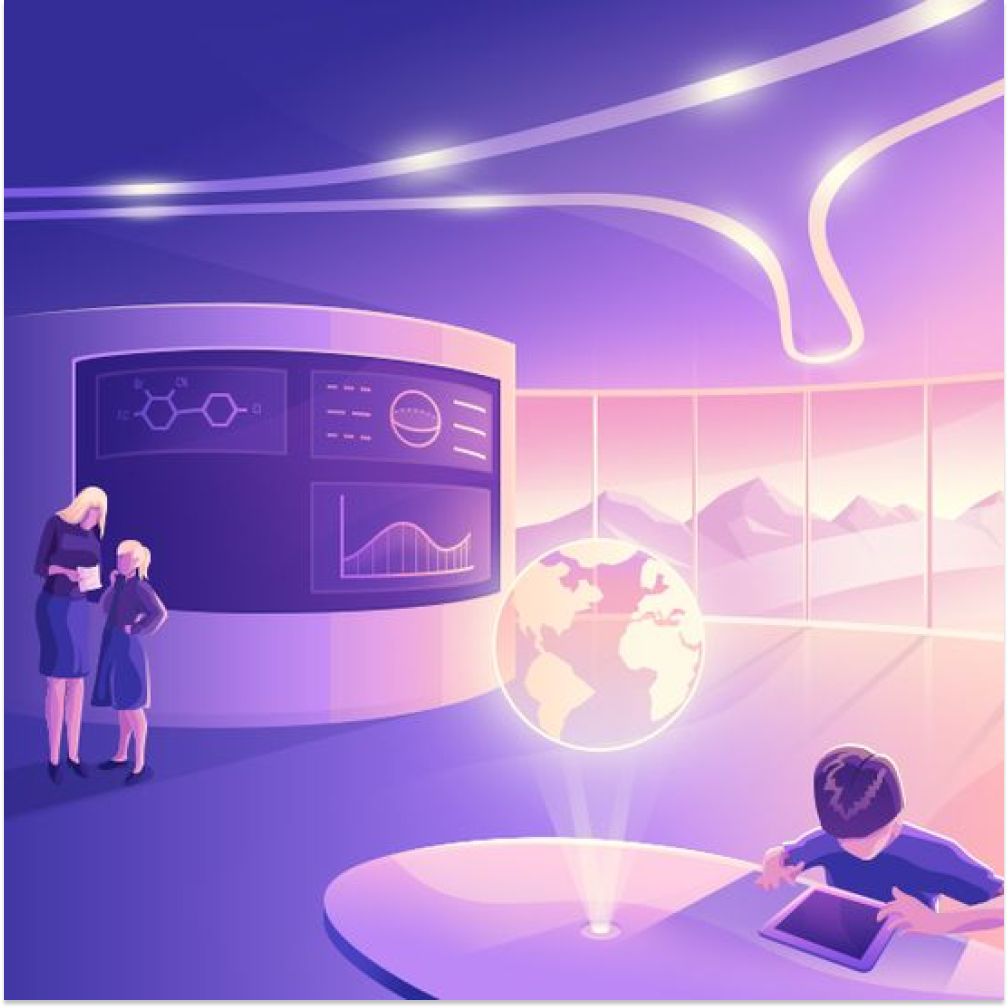
1-Improved teaching/learning process
The goal of Web3 technology is to enhance the teaching and learning process by harnessing the full potential of technology. This includes utilizing tools such as AI, spatial computing blockchain, and IoT to simplify access to knowledge for individuals all around the world.
With the aid of technology, teachers can create more captivating assignments, while learners can develop their creative, analytical, and practical skills through content creation and online teaching.
Additionally, spatial computing can transport students to virtual realms to learn about concepts, with the help of IoT and AI providing an immersive and interactive learning experience. Immersive visual experiences further enrich the online teaching experience.
2-Decentralization of Web3 and Education
Blockchain technology has the potential to revolutionize the education sector, and one of the most prominent ways it can do so is through digital documentation.
By transitioning from traditional paper-based documents to digital ones, educational institutions can store student information on a blockchain.
This offers numerous benefits such as empowering students to take control of their academic accomplishments by owning and managing their diplomas on the blockchain. Consequently, students can share their certificates as and when they please.
3-Improved Accessibility and Time Efficiency
Web3 presents a multitude of benefits to the education industry, one of which is optimizing time-consuming processes by eliminating unnecessary delays. With the adoption of Web3 technology, students can save valuable time by efficiently collecting data. The smart search feature in Web3 suggests relevant blogs, videos and resources to users, reducing the need for extensive input when searching for information.
In addition, the level of accessibility to education can vary based on factors such as school location, course availability, and students’ financial circumstances.
The potential benefits of Web3 for improved accessibility are numerous, including the ability to access education from geographically distant schools or institutions that may have been previously cost-prohibitive.
Web3 offers the advantages of being able to learn from any location and feeling a stronger sense of connection compared to other web conferencing platforms.
4-Web3 and Education in Spatial Computing
Education in spatial computing represents a transformative frontier where virtual reality and immersive technologies redefine the traditional learning experience. In this digital realm, students and educators can engage in a three-dimensional, interactive environment that transcends physical boundaries and opens up a world of possibilities.
One key aspect of education in spatial computing is the ability to create and customize virtual classrooms. These digital learning spaces can be designed to resemble real-world settings or take on fantastical elements, providing an engaging and captivating backdrop for learning. Students can interact with virtual objects, simulations, and models, enabling hands-on experiences that enhance understanding and retention.
Also, students can engage in real-time discussions, teamwork, and projects with their peers from across the globe, fostering a global and diverse learning community.
Spatial computing also opens up a vast repository of educational resources and experiences. Virtual libraries, museums, and historical sites become accessible with a few clicks, allowing students to explore and engage with rich multimedia content.
5- Micropayments and tokenization
Web3 introduces the concept of micropayments and tokenization, enabling new models for incentivizing learning and rewarding educational achievements. Students can earn tokens or digital assets for completing courses or demonstrating mastery of skills, creating new ways to motivate and recognize learning.
By providing a platform for learners to showcase their creativity, Web3 encourages and fosters their skills. This avenue also allows them to become digital token creators without any age or educational restrictions, providing an opportunity to earn without conforming to set protocols. In this way, learners are free to explore their creative potential without hindrance.
Challenges of integrating Web3 and education
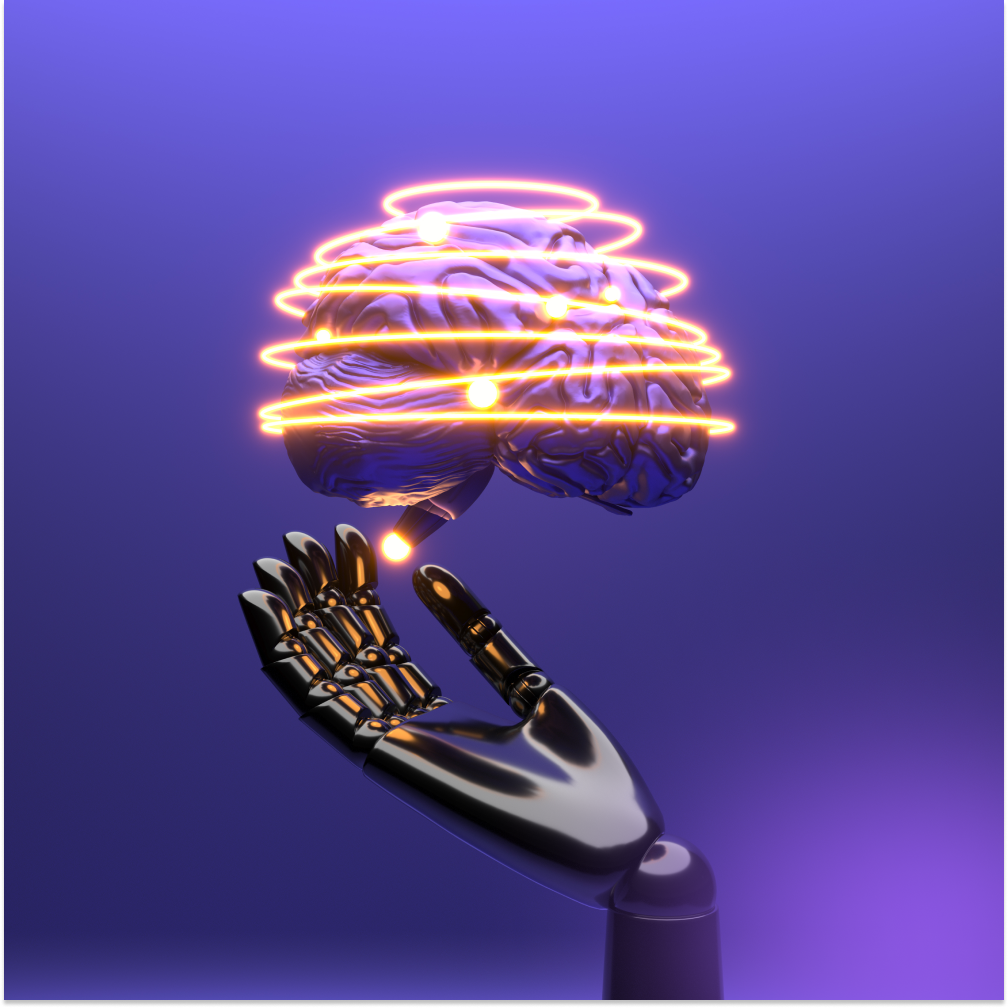
The concept behind Web3 revolves around building the future of the internet, enabling users to have control and ownership over their digital assets, online content, and online identities. However, integrating Web3 technologies into the education system may present several challenges, which include:
- Accessibility and comfort: The utilization of 3D environments like spatial computing often requires wearing expensive and uncomfortable virtual reality headsets, making them less accessible for some users.
- Security, scalability, and interoperability: Further development is needed in terms of ensuring robust security measures, scalability of software, and seamless interoperability between different virtual worlds. Without these advancements, communication and asset transfers between platforms could be limited or hindered.
- Avatar diversity and consistency: Creating a unique avatar for each virtual environment is impractical and contrary to how we interact in the physical world. Achieving avatar consistency across different platforms poses a challenge that needs to be addressed.
- Privacy and censorship concerns: With the increasing amount of personal information shared online, there is a need to address concerns related to privacy and censorship. User habits and preferences should not be misinterpreted or exploited to manipulate information against users’ wishes.
Addressing these challenges will be crucial for the successful integration of Web3 technologies in education, ensuring accessibility, security, privacy, and a more inclusive and reliable virtual learning experience.


